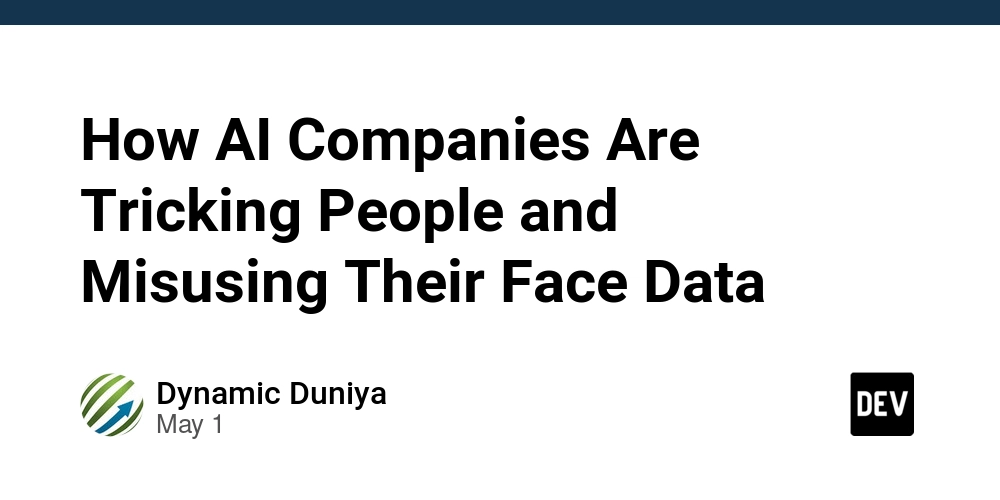Securing APIs in a Cloud-First World – CISO Guide
In today’s rapidly evolving digital landscape, securing APIs in a cloud-first world is crucial, as APIs have become the backbone of modern application architecture, enabling seamless integration and data exchange across platforms. However, as organizations accelerate their cloud-first strategies, APIs increasingly represent one of the most vulnerable attack surfaces. According to recent studies, 60% of […] The post Securing APIs in a Cloud-First World – CISO Guide appeared first on Cyber Security News.

In today’s rapidly evolving digital landscape, securing APIs in a cloud-first world is crucial, as APIs have become the backbone of modern application architecture, enabling seamless integration and data exchange across platforms.
However, as organizations accelerate their cloud-first strategies, APIs increasingly represent one of the most vulnerable attack surfaces.
According to recent studies, 60% of organizations have experienced API-related breaches in the past two years, with many suffering multiple incidents.
The expanding attack surface in cloud environments, coupled with the rise of microservices architecture, presents unique security challenges that traditional approaches often fail to address.
For CISOs and security leaders, developing a comprehensive strategy to secure APIs in cloud environments is no longer optional-it’s a business imperative that requires a strategic balance of governance, technology, and organizational alignment.
The Strategic Imperative of API Security Leadership
The proliferation of APIs in cloud-first organizations has fundamentally expanded the application attack surface, creating significant security blind spots that threat actors are actively exploiting.
APIs present unique security challenges related to authentication, authorization, and data exposure that differ substantially from traditional web application security.
They’re often difficult to inventory, with many organizations unaware of their complete API landscape, including shadow APIs developed outside formal processes and zombie APIs that remain accessible but unmaintained.
This lack of visibility creates dangerous security gaps that bypass conventional security controls.
For CISOs, API security requires shifting from a reactive posture to a proactive approach that aligns with business objectives while securing the critical data and services that APIs expose.
Successful API security leadership demands elevating API protection as a board-level priority, establishing clear ownership across security and development teams, and implementing governance frameworks that balance security requirements with innovation needs.
Building an Effective API Security Strategy for Cloud Environments
Implementing robust API security in cloud environments requires a comprehensive approach that addresses the entire API lifecycle.
Organizations must first establish complete visibility into their API ecosystem through continuous discovery and inventory processes. Without knowing what APIs exist and how they’re being used, effective security is impossible.
Authentication and authorization form the foundation of API security. Strong mechanisms like OAuth 2.0 and OpenID Connect should be implemented for all API access, with centralized token management and strict validation of all requests.
Key strategic elements for securing cloud APIs include:
- Implementing API gateways that centralize security controls, including rate limiting, traffic monitoring, and policy enforcement
- Adopting a Zero Trust security model that treats all API requests as untrusted regardless of origin or previous authentication status
- Encrypting data both in transit and at rest using industry-standard protocols and implementing proper key management
- Conducting regular vulnerability assessments and penetration testing specifically targeting API endpoints
- Integrating automated security testing into CI/CD pipelines to identify vulnerabilities before deployment
API governance provides the framework for secure development practices, establishing standards and policies that guide how APIs are designed, implemented, and managed.
Effective governance ensures consistency and security across the API ecosystem while preventing duplication and sprawl.
Organizations should also implement continuous monitoring and logging for all API activity, enabling rapid detection and response to potential security incidents. This visibility is crucial for identifying anomalous behavior that may indicate an attack in progress.
Maturing Your API Security Program for Long-Term Resilience
Building a mature API security program requires strategic leadership that aligns security objectives with business goals while establishing sustainable processes that evolve with the threat landscape.
The NIST Cybersecurity Framework provides an excellent foundation for structuring API security initiatives, covering identification, protection, detection, response, and recovery functions.
This structured approach helps organizations address both immediate vulnerabilities and long-term resilience.
CISOs must foster cross-functional collaboration between security, development, architecture, and business teams to ensure API security is integrated throughout the development lifecycle rather than bolted on as an afterthought.
This shift-left approach significantly reduces remediation costs and security exposures while accelerating development cycles.
Documentation and classification of APIs based on the sensitivity of data they handle enables risk-based protection strategies, focusing resources where they deliver the greatest security value.
As cloud environments become increasingly complex, security teams must continuously adapt their approaches, leveraging automation to scale security controls and maintain visibility across distributed architectures.
The human element remains crucial, with regular training for developers and security teams on API security best practices and emerging threats.
The maturity of an organization’s API security program depends on:
- Clear ownership and accountability for API security across all stages of the lifecycle, from design and development to deployment and decommissioning
- Integration of security testing and validation into automated CI/CD pipelines, with security quality gates that prevent vulnerable APIs from reaching production
As organizations continue their cloud transformation journeys, securing APIs will remain a critical challenge requiring ongoing attention and investment.
By establishing strong governance, implementing comprehensive security controls, and fostering a culture of security awareness, CISOs can enable innovation through APIs while protecting their organizations from an ever-evolving threat landscape.
Find this News Interesting! Follow us on Google News, LinkedIn, & X to Get Instant Updates!
The post Securing APIs in a Cloud-First World – CISO Guide appeared first on Cyber Security News.




















_Brian_Jackson_Alamy.jpg?width=1280&auto=webp&quality=80&disable=upscale#)






















































